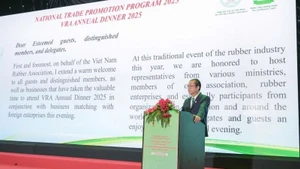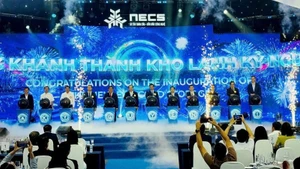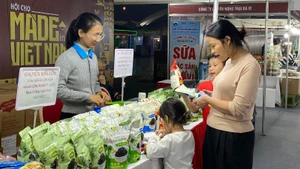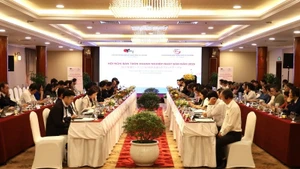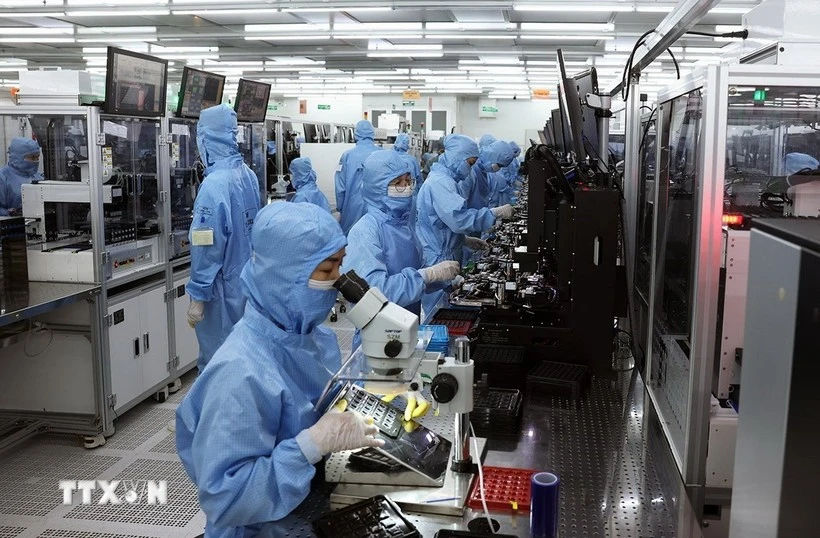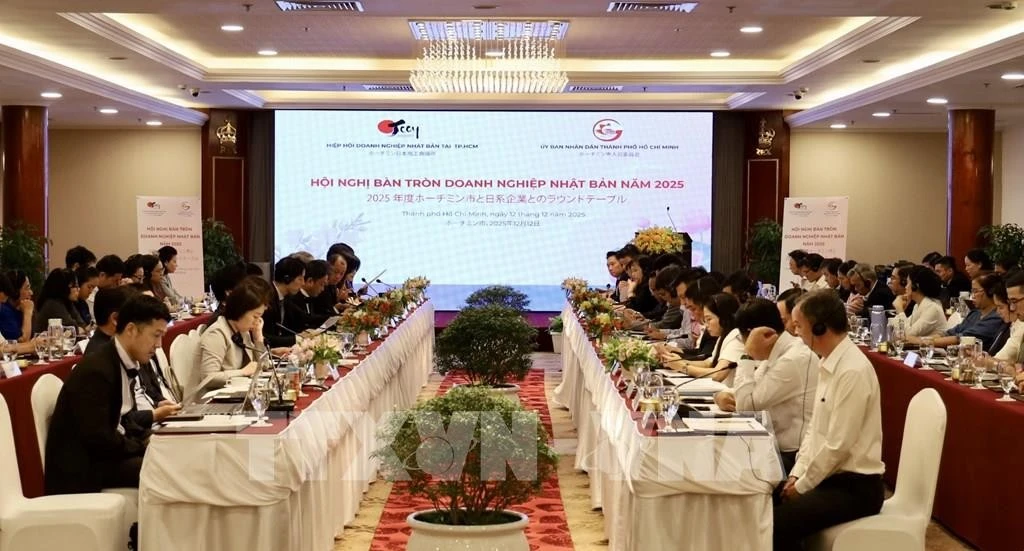Defining potentials
According to Bui Thi Quynh Van, member of the Party Central Committee and Secretary of the Quang Ngai Provincial Party Committee, following the merger, the new Quang Ngai Province has been enjoying several comparative advantages in development into one of the country’s important coastal industrial centres, including the oil refining and petrochemical industry, shipbuilding, and steel production.
In addition to its potential for developing the maritime economy, the province also has a “border triangle” adjacent to Laos and Cambodia, located along the East–West Economic Corridor. This is a favourable condition for promoting cross-border trade and international commercial activities. At the same time, the province boasts a diverse ecosystem, from highlands and mountains to coastal plains and islands, providing potential for the development of a multi-sector economy and a multi-centred growth model.

Home to 44 ethnic groups, Quang Ngai possesses a rich and diverse cultural heritage. The province also owns unique tourism resources such as the Mang Den eco-tourism area, the Ly Son marine and island tourism centre, and the Sa Huynh national special cultural heritage site, all of which offer great potential for the development of tourism and services.
To effectively harness these potentials and advantages, and in line with the guidance of Party General Secretary To Lam during his working sessions with the Standing Boards of the Quang Ngai and Kon Tum Party Committees, the Political Report submitted to the 2025-2030 Quang Ngai Provincial Party Congress has identified five key tasks and three breakthrough tasks.
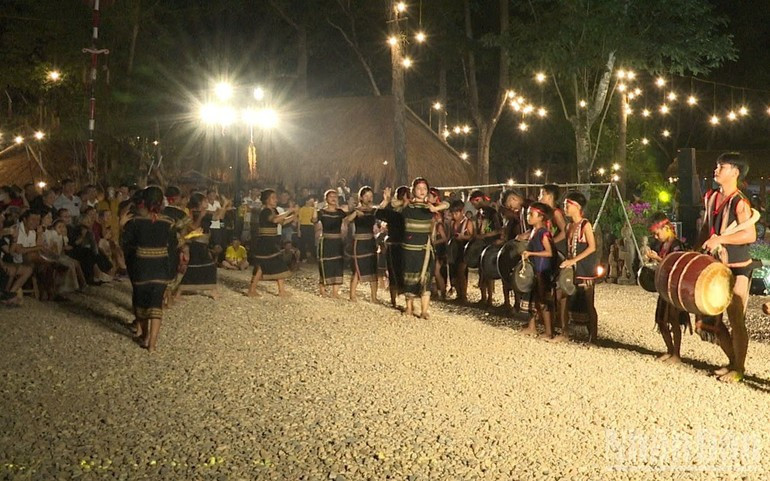
Bui Thi Quynh Van shared that both the Standing Board and the Executive Committee of the Quang Ngai Provincial Party Committee deeply understand that Quang Ngai, in this new phase, stands before new opportunities, driving forces, and potential. Therefore, the five key tasks and three breakthrough tasks set out by the Provincial Party Committee for the 2025–2030 tenure aim to exploit the province’s new space, advantages, and development potential effectively.
“Quang Ngai has identified new growth drivers, continuing to develop industry, trade and services, and tourism, particularly the East–West Economic Corridor linked with the vast agricultural development space. In the new context and mission requirements, Quang Ngai’s development will be comprehensive across socio-economic, cultural, and defence-security aspects. The important issue is to recognise both the opportunities and advantages of this new development space to create the momentum for breakthrough growth in the new phase,” emphasised Bui Thi Quynh Van.
Effectively harnessing integrated advantages
According to Bui Thi Quynh Van, to realise the five key tasks and three breakthrough tasks set by the Provincial Party Committee for the 2025–2030 tenure, the province will review, integrate, and update its provincial planning to ensure synchronisation with regional and national master plans, while fully exploiting local advantages and expanding new development space.
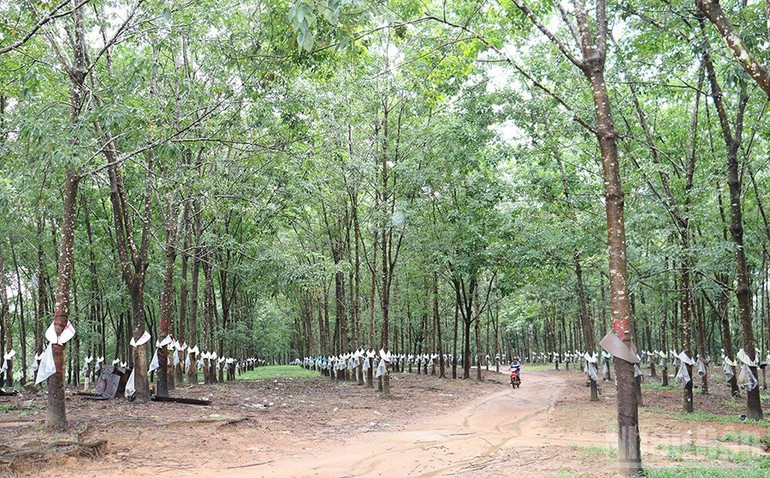
Specifically, the province will develop its economy based on an ecological–economic diversity foundation, oriented towards green, inclusive, and sustainable growth, with a multi-centred growth model. This combines favourable climate and soil conditions for organic agriculture and medicinal plant cultivation in the highlands with a heavy industrial and seaport base, forming a complete value chain from agriculture and resource extraction to processing, consumption, and export. The province aims to develop a multi-sector, sustainable economy encompassing high-tech agriculture, supporting industries, marine economy, renewable energy, and eco-tourism, based on the combined strengths of three key ecological regions: the highlands, the plains, and the sea–island areas.
It will promote the role of dynamic economic zones and strategic economic corridors, particularly the East–West Economic Corridor, which serves as the western gateway of the corridor, associated with the development of cross-border trade, industry, the marine economy, and tourism, creating development momentum in line with approved planning. The province will exploit new development spaces by strengthening intra-provincial, inter-regional, and national linkages, ensuring seamless connectivity from the Central Highlands to the sea, thereby forming inter-regional and transnational trade routes.

The province will proactively promote linkages between the Dung Quat Economic Zone, the Bo Y Border Gate Economic Zone, and the Chu Lai Open Economic Zone to form a major industrial centre for the region and the country, establishing a National Refining, Petrochemical, and Energy Centre in the Dung Quat Economic Zone.
It will attract investment to rationally develop logistics systems for both land and waterway transport, strongly develop seaport services, maritime transport, and logistics based on the deep-water Dung Quat Port’s advantages linked with the development of Dung Quat Economic Zone. The province will also attract investment to develop the Bo Y Border Gate Economic Zone as well as the Dak Long–Vang Tat (bordering Laos) and Ho Le (bordering Cambodia) border gates in line with the orientation of developing the cross-border economy, leveraging the comparative advantages of the “Indochina Triangle” area.

The province will promote its unique potentials and advantages, along with its cultural, historical, and human values, with the aim to attract investment and develop tourism with three key destinations forming a tourism development triangle: the Ly Son marine–island tourism centre, the Mang Den tourism area, and the Sa Huynh national special cultural heritage site. Tourism will be developed under the orientation of “three countries, one destination,” establishing routes connecting forests and seas, highlighting the cultural diversity of each region, ethnic minorities, and historical and cultural relics and landscapes imbued with Central Highlands identity.
It will prioritise organic agriculture and high-tech application linked with geographical branding and regional specialties; and forestry and medicinal plant economies, with a focus on Ngoc Linh ginseng and other precious endemic medicinal herbs, fruit trees, temperate vegetables, and flowers, as well as Ly Son garlic, and industrial crops, striving to become a national hub for medicinal herbs. The province will establish concentrated raw material areas associated with deep processing to produce high value-added goods for export.
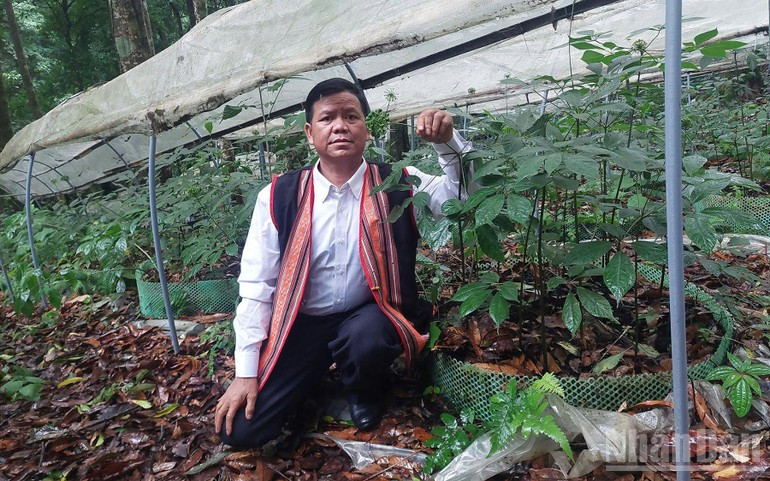
The province will focus on investing, mobilising, and efficiently utilising social resources under the public–private partnership (PPP) model to develop modern and synchronous infrastructure, particularly key projects with spillover effects that drive development, meet business production needs, and improve people’s living standards. It will actively coordinate to accelerate the progress, especially in site clearance, of major transport infrastructure projects in the province such as: the North–South Expressway (eastern section, Quang Ngai–Hoai Nhon), the North–South High-Speed Railway, the Quang Ngai–Kon Tum Expressway, the Dung Quat–Sa Huynh coastal road, and the western bypass of (former) Quang Ngai City.
At the same time, the province will propose that the central government soon invest in the Ngoc Hoi–Kon Tum–Pleiku Expressway, and pay attention to upgrading National Highways 24, 40B, 40, and 14C. It will invest in transport infrastructure connecting to Chu Lai Airport; study the development of airports in Ly Son Special Zone and Mang Den; and plan railway routes linking the Central Highlands, as well as transport infrastructure connecting Bo Y International Border Gate with the deep-water Dung Quat Port.
The province will focus on urban development associated with breakthroughs in technical and social infrastructure, landscape architecture towards ecological, civilised, smart, and modern cities adaptable to climate change; and promote urban development based on the transit-oriented development (TOD) model. It will form ecological and smart cities along both banks of the Tra Khuc and Dak Bla rivers, harmonising nature conservation with modern development; and orient the development of dynamic urban areas in advantageous zones such as the southeast of Dung Quat and Mang Den Commune.
The province will continue to make significant improvements to its investment environment, achieving clear breakthroughs in administrative reform and the business climate; and strongly cutting, simplifying, and reducing administrative costs to facilitate business and investment activities. It will remove bottlenecks, mobilise and efficiently use resources, and encourage innovative start-ups and digital transformation.
“With the political determination of the Executive Committee of the Quang Ngai Provincial Party Committee, once the five key tasks and three breakthrough tasks are institutionalised and concretised in the congress documents, Quang Ngai Province will take a new step forward, becoming a fairly developed province of the country — a key growth pole of the central and Central Highlands regions,” said Bui Thi Quynh Van.



